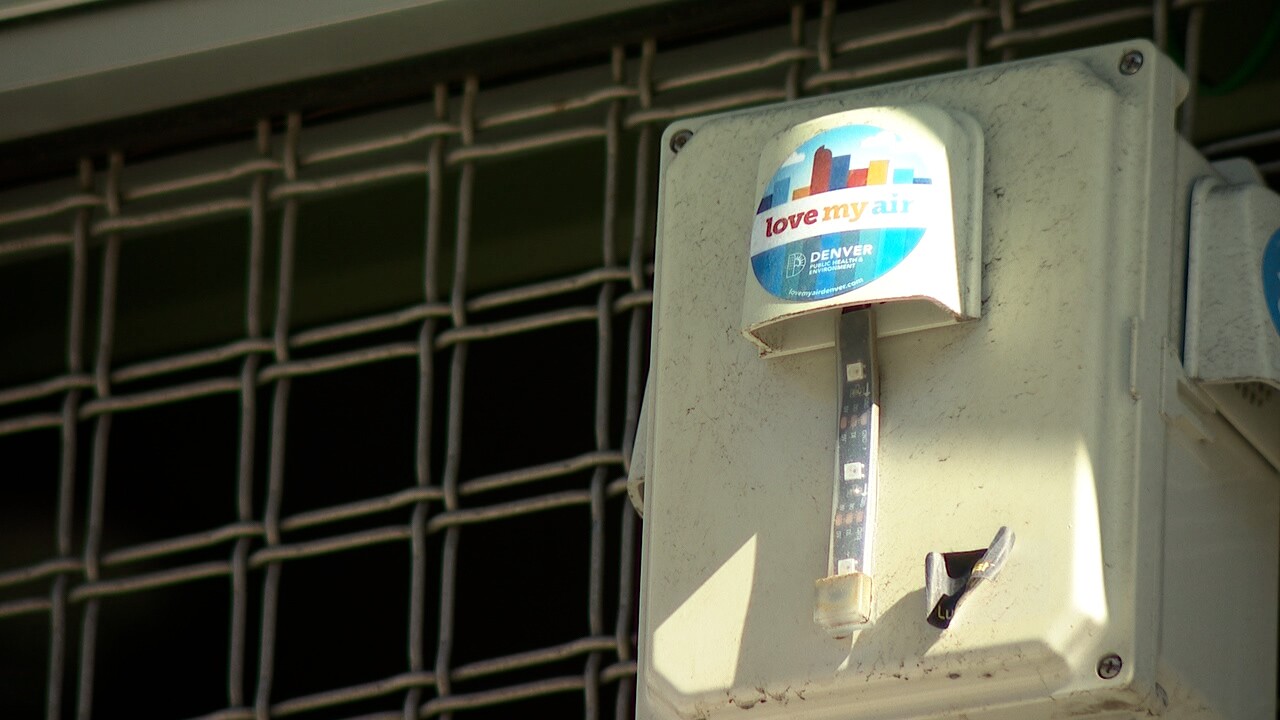DENVER — In November 2022, the U.S. Environmental Protection Agency (EPA) awarded seven Colorado government agencies and nonprofits $2.9 million in air monitoring grants. Nearly a year later, two of the nonprofits rejected the grants, while the third still hasn’t installed their air monitors.
The grants were part of President Joe Biden’s Inflation Reduction Act and were among 132 projects in 37 states, receiving a total of $53.4 million.
Cultivando and 350 Colorado both received nearly $500,000 from the EPA for air monitors in Greeley and Commerce City. The two rejected the grants, citing issues with costs and red tape.
Bobbie Mooney with 350 Colorado said they were excited when they received the grant, but didn’t realize the complexities of getting the grant money.
“Unfortunately, we've spent more resources on staff time and trying to receive the grant money than the actual administration of the grant,” said Mooney.
The EPA wanted to monitor pollution levels, focusing on disproportionately impacted communities. 350 Colorado's plan was to place six air monitors in Greeley near two schools, including Bella Romero Academy. The school is an area with a history of air pollution problems.
“There are fracking wells just 800 feet from that elementary school, which serves primarily low-income and communities of color,” said Mooney.

Local
Colorado air quality monitoring expands with EPA support
A Harvard School of Public Health study found that minority groups were exposed to higher levels of air pollution than white communities. GreenLatinos Colorado Director Ean Thomas Tafoya said air monitoring is crucial for environmental equality.
“Our communities have said for a very long time that the cancer, asthma, nosebleeds, the cost of health care, all of this is adding up in our communities,” said Tafoya.
Tafoya highlighted the efforts of Cultivando, who already spent nearly two years monitoring the pollution around the Suncor Energy refinery in Commerce City. Cultivando decided to end their monitoring in August, citing disappointment with the response to the data.
“At the end of the day, you only need so much data before you better be making changes to improve the health of people who are most impacted,” said Tafoya.
Tafoya cheered the air monitoring programs, but hopes that the excessive red tape and lack of governmental response won’t deter future efforts by nonprofits.
“We hope that they don't get a sour taste in their mouth and never apply for a grant again,” said Tafoya. “We need to bring this money home. We fought to create it, and our communities deserve it.”
Mooney said 350 Colorado created a list of recommendations for the EPA to streamline their grant process.
“We would recommend that the EPA streamline the application process, the accounting and reporting procedures that are part of their system,” said Mooney.
350 Colorado received $27,000 for the administration process, but Mooney said after spending the money, they still didn’t make it past the initial steps.
“Make sure that all of those requirements are clearly communicated upfront, even before the application begins, because small nonprofits like us need to understand what we are getting into before we commit,” said Mooney.




